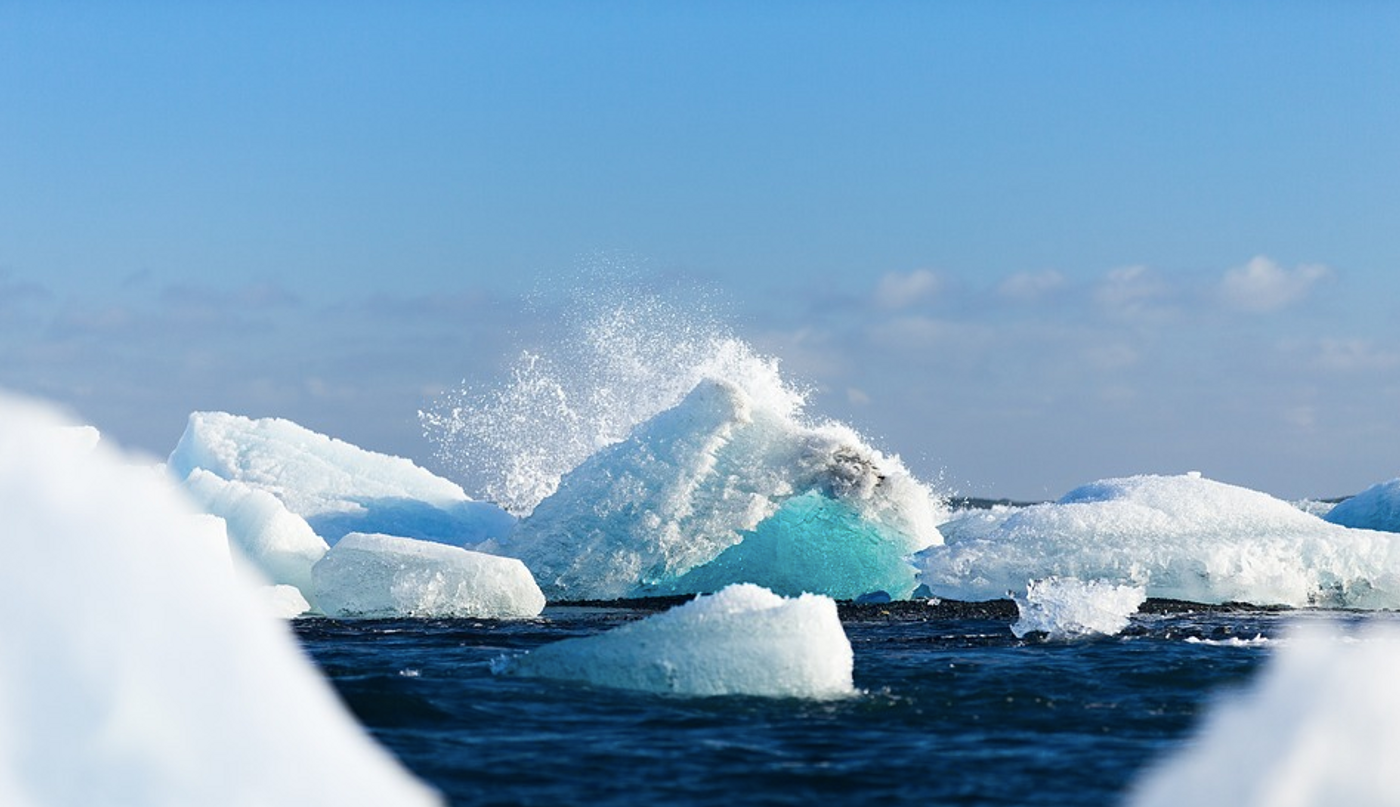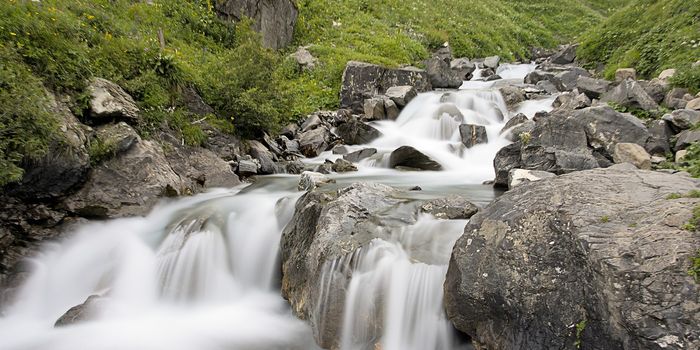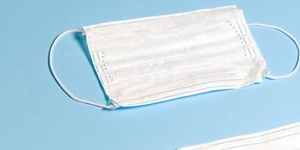Melting Arctic Ice Carries High Levels of 'Forever' Chemicals
Everything in our world, including us, is made up of chemicals. But some of those chemicals are very harmful to the natural world. Poly- and perfluoroalkyl substances (PFAS), are used in many different products, including firefighting foam and non-stick coatings on pans, but they don't degrade naturally in the environment and are thought of as forever chemicals. Research has shown that one type of PFAS can be toxic to wildlife and humans. Now, scientists have found that in the water near melting Arctic ice floes, thousands of miles from Europe, there are PFAA levels that are as much as twice as high as other parts of the North Sea. The findings have been reported in Environmental Science & Technology.
During an endeavor called the Norwegian Nansen Legacy project, first study author Dr. Jack Garnett of Lancaster University determined that atmospheric PFAAs end up in snow that falls onto ice floes. These chemicals can then get trapped in Arctic sea ice. As this ice rapidly melts in our warming world, the chemicals get released into the local seawater, in some cases, in high concentrations.
Study co-author Professor Crispin Halsall, also of Lancaster University, noted that the ice now forming in the Arctic is only about a year old, and the product of whatever has frozen the previous winter, rather than being an accumulation of ice that's formed over many years or decades. The short-term, one-year ice tends to hold a lot of very salty water called brine that connects to snowpack, and can concentrate chemicals like PFAS that would otherwise only be found at low levels.
PFAAs can be found in the food chain because these chemicals easily move through the environment, and they can attach to proteins. Longer compounds that then form, including perfluorooctanoic acid (PFOA) and perfluorooctane sulfonic acid (PFOS), have been linked to liver damage in mammals and growth disruptions in fetuses.
Additional work indicated that brine can also maximize the levels of pollutants like PFASs and other organic toxins. These chemicals prefer to sit in the brine instead of within the solid ice, so as the ice gets older, the brine becomes more concentrated, as do the toxins. During melt periods, the brine on the ice starts to move around and mix with melting snow. That can cause PFAAs to move into the seawater.
Microbes like to live on the channels of brine that form under sea ice floes, so they too get exposed to higher PFAA levels.
Sources: Phys.org via Lancaster University, Environmental Science & Technology









